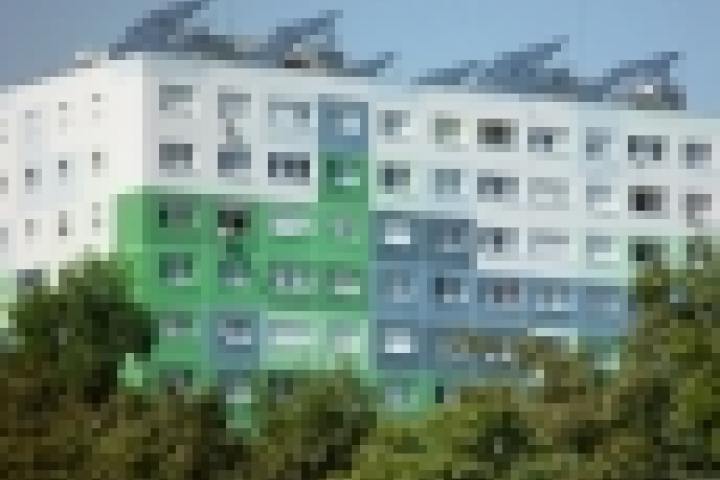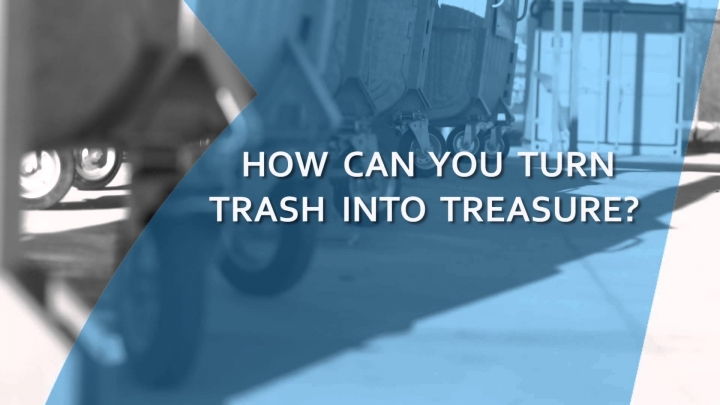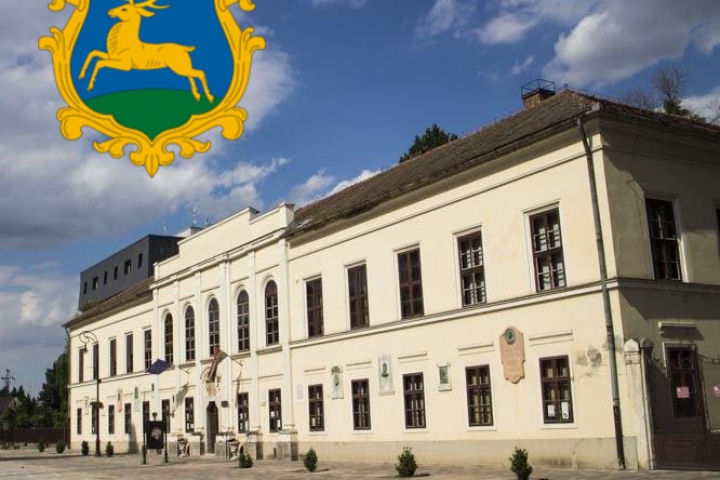Blocks of flats, apartment blocks representatives, trainings.
The Energiaklub has organised many training opportunities in the first half of 2010, providing helpful ideas and useful advice for apartment block representatives, presidents of housing cooperatives and home-owners planning to undertake renovations. How should we initiate the investment, what are the hidden dangers, what grants are available – these were some of the most important questions raised during the trainings. Our summary of the events:
The first experimental type block of flats was built 50 years ago in the Hungarian city of Dunaújváros, using slag cement technology. Of the 4.2 million flats in Hungary today, 820 thousand were built using so-called industrial technology, of which there are 508 thousand blocks of flats, known as 'panel flats'. 200 000 of these are found in Budapest. Altogether one fifth of the Hungarian population, around 2 million people, lives in panel flats today.
The aim of the Energiaklub's four training events was to give the participants up-to-date and practical information about how it is best to start investments in a housing estate building's energy efficiency, what kind of calculations have to be made for the investments to be financeable and to enable costs to be recouped by mid-term.
The main topic of the training programme, which was organised for apartment block representatives, housing association leaders, concerned professionals, municipal and energy sector professionals and fundraisers, was the buildings' energy performance certification, as the first step in a successful investment project.
The account of the one day trainings::
in the Budapest suburb of Óbuda, 63 participants represented 12 thousand flats;
in Szolnok, 25 participants represented 4 thousand flats;
in Debrecen 25 thousand participants represented 10 thousand flats,
in Újbuda, 30 participants represented 3 thousand flats.
Hence altogether 29, 000 flats were reached directly. According to the feedback from the apartment block representatives, the training introduced the most important steps for energy-efficiency modernisation from a practical, many-sided and complex perspective. Many participants emphasised how the lecturers helped them understand the often complicated technology in a well-prepared, professionally credible and clear way, whether it be choosing the insulation system, or installing a solar system. The most popular lectures dealt with the experience gained and savings made in panel flat investments which have already been completed, as well as the information on communicating investments.
Materials on the presentations can be reached at this link.
The training programme came about as a cooperation between the Staccato project and the Lakcímke – Home Energy Certificate project. Our main sponsors were the Concerto + programme - funded by the European Union - and the Ministry of National Development and Economy (NFGM). The Concerto + programme supports projects which show significant energy-efficiency and/or climate-friendly investments, bringing positive effects and setting a good example. In Hungary, the 'Village House' building in Óbuda serves as a model in the framework of the Staccato project, where the country's biggest building's energy consumption was reduced by almost half following the investment.
In organising the events the National Association of Housing Associations and Apartment Houses, as well as local municipalities provided valuable help. Other partners: Beco Hungary Ltd., Óbuda-Békásmegyer Municipality; Szolnok County Council, ENEREA Northern-Great Plains Regional Energy Agency Nonprofit Ltd.; Újbuda, XI. District Municipality.
June 21, 2010.




